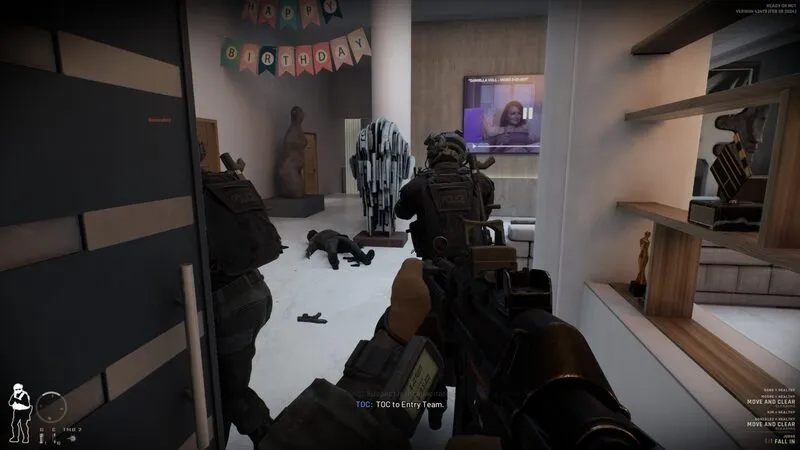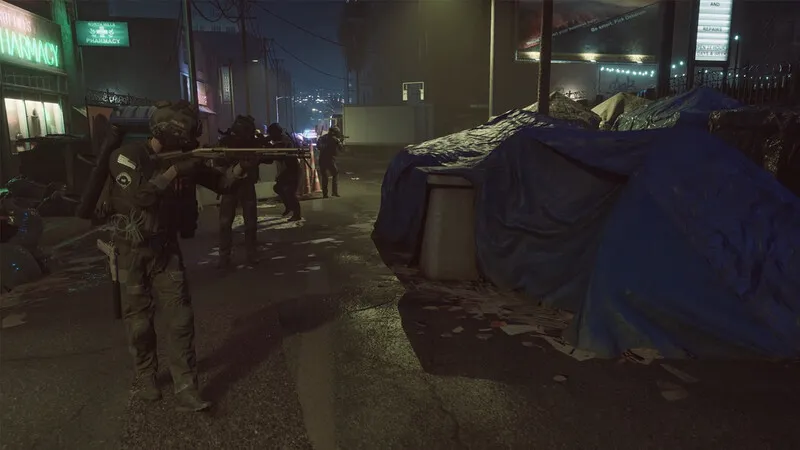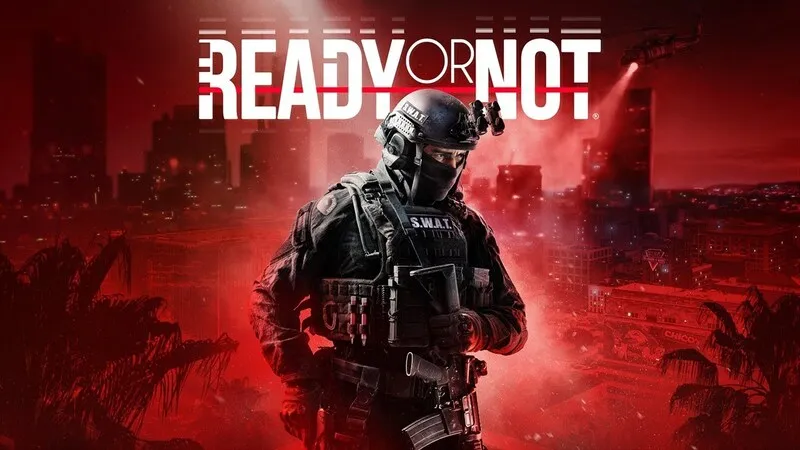Ready or Not is a tactical first-person shooter that puts players in the boots of SWAT operators handling dangerous missions like hostage rescues, bomb threats, and raids. Unlike arcade shooters, this game emphasizes realism, where every shot, command, and decision matters. Success depends on careful planning, communication, and execution.
This guide will walk you through tips and strategies for surviving and excelling in Ready or Not — from your first mission to advanced tactical play.
1. Mastering the Basics
Before jumping into complex missions, understand the core mechanics.
- Movement is slower and deliberate — rushing will get you killed.
- Friendly fire is active; shooting recklessly risks your team.
- Commands and equipment usage are as important as aiming.
Tip: Play the training missions first. They teach door breaching, arresting suspects, and managing hostages.
2. Choosing the Right Loadout
Your loadout determines your effectiveness in the field.
- Weapons: SMGs for close quarters, rifles for open maps.
- Armor: Heavy armor improves survival but slows you down.
- Tools: Mirror Guns, breaching charges, tasers, and flashbangs are mission-savers.
Advice: Don’t always pick heavy gear — mobility can matter more than protection.

3. Understanding Rules of Engagement
Unlike other shooters, Ready or Not has strict ROE.
- Use non-lethal force when possible.
- Suspects may surrender if you give verbal commands.
- Shooting civilians leads to mission failure and score penalties.
Reminder: This is not about “shoot on sight” — discipline wins missions.
4. Breaching and Clearing Rooms
Doorways are the most dangerous part of any mission.
- Mirroring: Use the Mirror Gun to peek under doors.
- Breach Options: Kick, shotgun, C4, or silent lockpick.
- Stacking Up: Always position your team before breaching.
Pro Tip: Never stand directly in front of a door — suspects often shoot through them.
5. Effective Use of Non-Lethal Tools
Non-lethal gear often makes missions smoother.
- Flashbangs: Disorient suspects before entry.
- Stingers: Great for crowded rooms.
- Pepper Spray/Tasers: Effective for quick arrests.
Advice: Always carry a mix of lethal and non-lethal options.
6. Teamwork and Communication
Ready or Not is best played as a team.
- Voice Communication: Call out suspects, hostages, and cleared rooms.
- Cover Angles: Each player should watch different directions.
- Trust Your Team: Lone-wolfing leads to quick deaths.
Tip: Even in solo play, command AI teammates — they can save you.

7. Mission Planning and Execution
Going in blind is a recipe for failure.
- Plan Routes: Decide entry points before breaching.
- Assign Roles: Breacher, shield carrier, marksman, support.
- Adapt: Plans will break — react calmly to chaos.
Reminder: Slow, methodical gameplay is the key. Rushing fails missions.
8. Handling Suspects and Hostages
Not every suspect fights to the death.
- Compliance: Use verbal commands before firing.
- Unpredictability: Some suspects fake surrender and then attack.
- Hostages: Protect them above all else — losing them means failure.
Advice: Always secure weapons and check for hidden threats near hostages.
9. Surviving High-Intensity Missions
Later missions push your tactical skills to the limit.
- Night Operations: Use NVGs and suppressed weapons.
- Bomb Threats: Speed is critical — prioritize disarming.
- Barricaded Suspects: Expect traps and layered defenses.
Pro Trick: Clear slowly but keep the mission clock in mind — hesitation can cost lives.

10. Developing the Tactical Mindset
Ready or Not is as much about mindset as mechanics.
- Stay Calm: Expect failure — every loss is a lesson.
- Think Like SWAT: Real-world tactics often apply.
- Discipline: Patience beats reflexes in most encounters.
Mindset Reminder: Success in Ready or Not isn’t just surviving — it’s rescuing hostages, following ROE, and completing objectives.
Conclusion
Ready or Not is a demanding but rewarding tactical shooter. By mastering movement, communication, loadouts, and discipline, you can transform from a nervous rookie into a confident SWAT operator. Every mission teaches something new — and every successful rescue feels earned.
If you embrace the slow, methodical pace and focus on teamwork, you’ll not only survive but thrive in Ready or Not’s tense world of tactical combat.
Summary (110 characters):

















